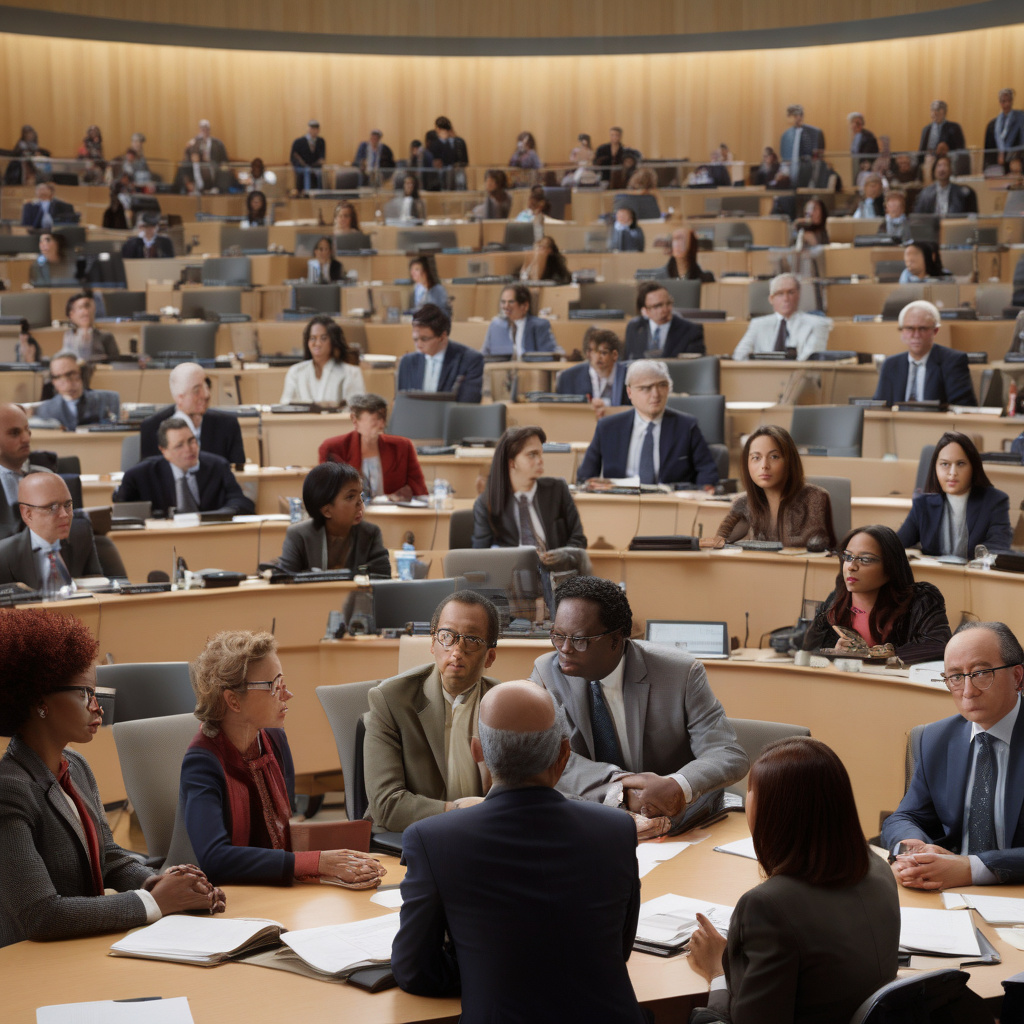WHO Battles Funding Shortfall with New Restructure Plan
The World Health Organization (WHO) is currently facing a critical juncture in its history as financial pressures mount and internal tensions rise. With the organization’s future hanging in the balance, sweeping reforms are on the horizon to address a significant funding shortfall.
The WHO, a specialized agency of the United Nations responsible for international public health, plays a crucial role in coordinating responses to health emergencies, setting international health standards, and providing support to countries in need. However, in recent years, the organization has struggled with financial constraints that have hampered its ability to effectively carry out its mandate.
The COVID-19 pandemic has further exposed the vulnerabilities of the WHO, highlighting the urgent need for reforms to ensure its sustainability and effectiveness in the face of global health challenges. The funding shortfall has forced the organization to reevaluate its priorities, streamline its operations, and seek innovative solutions to secure additional resources.
In response to these challenges, the WHO has unveiled a new restructure plan aimed at addressing the funding shortfall and enhancing its operational efficiency. The plan includes measures to optimize resource allocation, improve transparency and accountability, and strengthen partnerships with member states, donors, and other stakeholders.
One key aspect of the restructure plan is the implementation of cost-cutting measures to reduce unnecessary expenses and maximize the impact of every dollar spent. By prioritizing investments in critical health programs and initiatives, the WHO aims to deliver better outcomes with limited resources and ensure that its work has a meaningful and sustainable impact.
In addition to cost-cutting measures, the WHO is also focusing on diversifying its funding sources to reduce its dependence on a few major donors. By expanding its donor base and exploring innovative financing mechanisms, such as public-private partnerships and impact investments, the organization aims to create a more stable and resilient funding model that can weather future financial challenges.
Moreover, the WHO is working to enhance its internal governance and decision-making processes to improve efficiency, transparency, and accountability. By strengthening its management practices, fostering a culture of continuous improvement, and empowering its workforce, the organization aims to enhance its ability to respond swiftly and effectively to emerging health threats.
As the WHO embarks on this ambitious restructure plan, the stakes are high, and the challenges are significant. However, by taking decisive action to address its funding shortfall and enhance its operational effectiveness, the organization can position itself for long-term success and ensure that it continues to play a vital role in safeguarding global public health.
In conclusion, the WHO’s new restructure plan represents a critical step towards securing the organization’s future and strengthening its capacity to address global health challenges. By implementing cost-cutting measures, diversifying funding sources, and enhancing internal governance, the WHO can overcome its current financial pressures and emerge as a more resilient and effective global health leader.
#WHO, #restructureplan, #fundingshortfall, #globalhealth, #publichealthleadership









